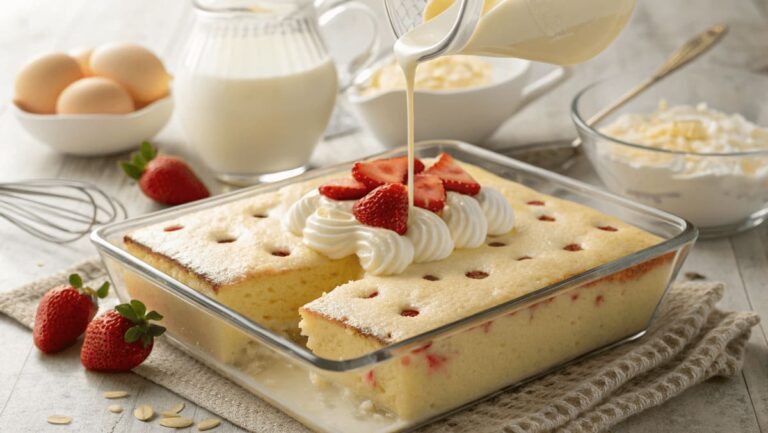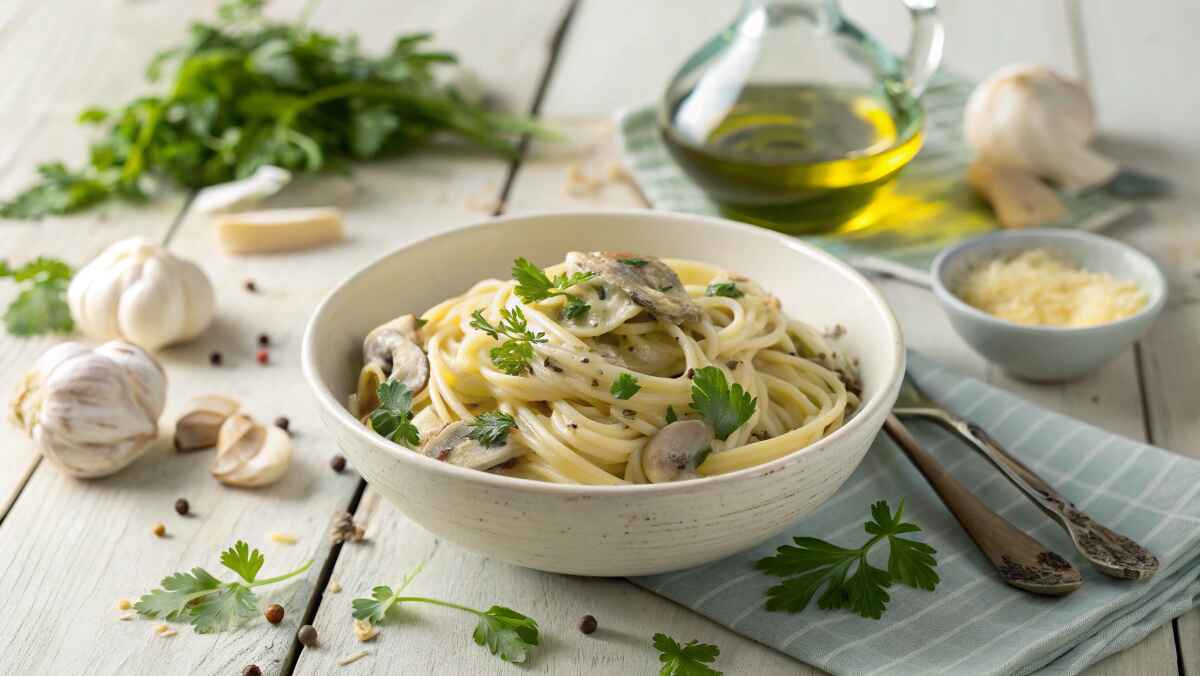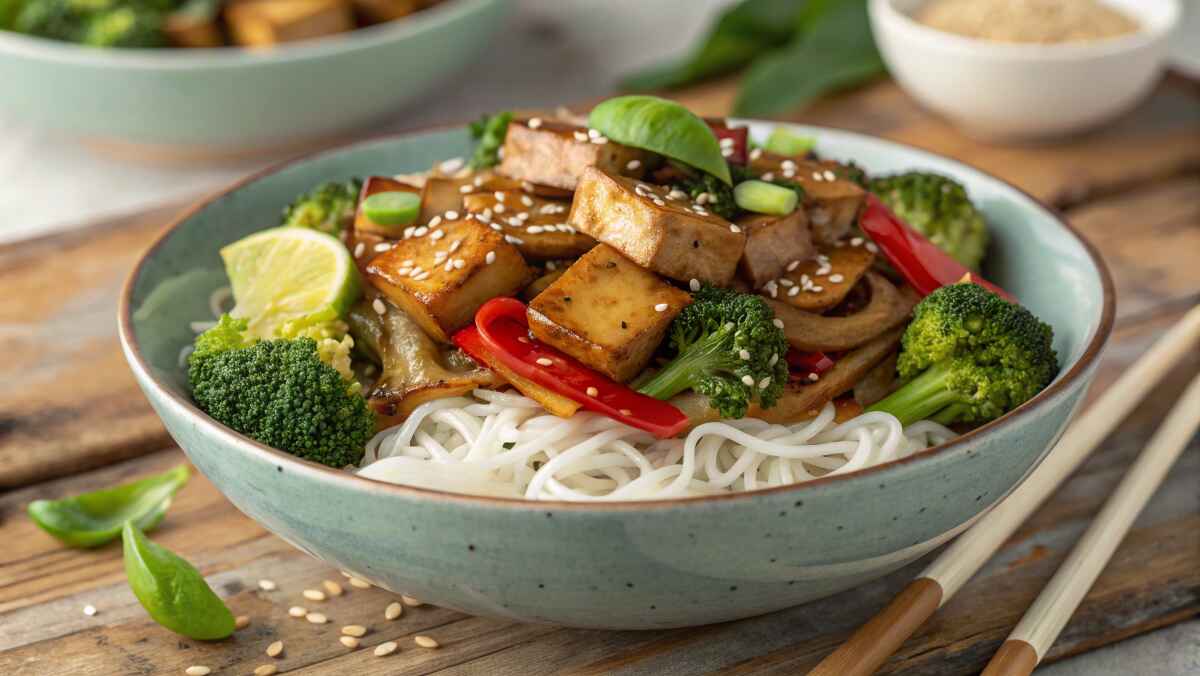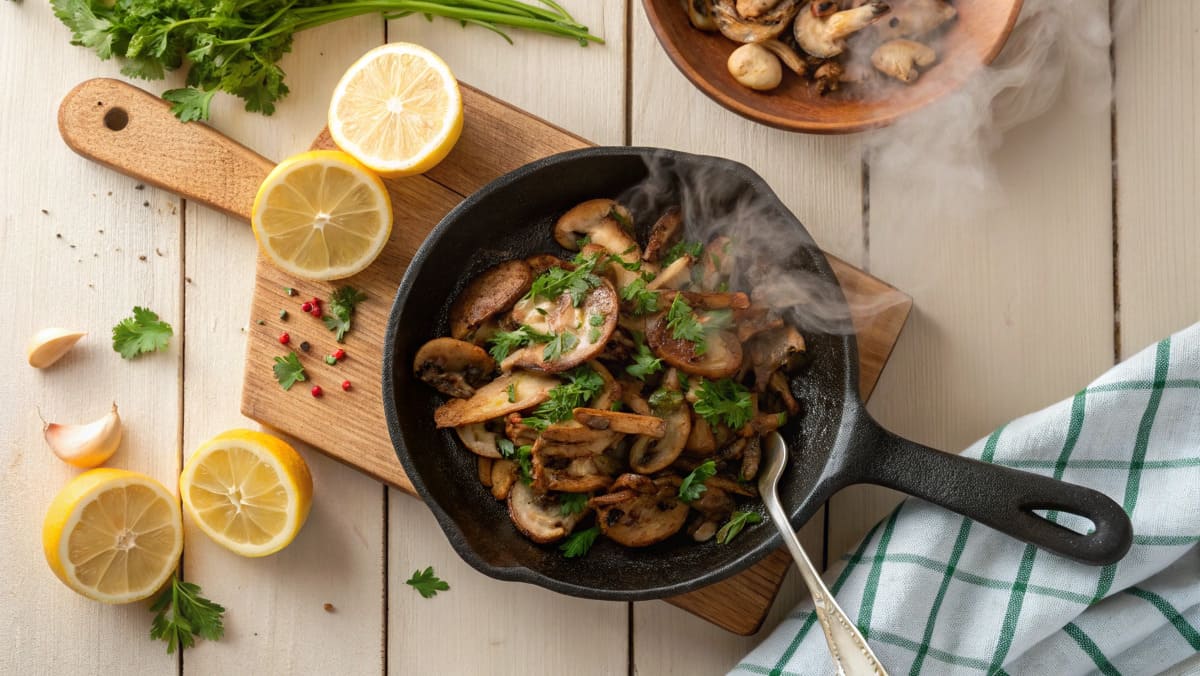How to Make a Poke Cake is a question many home bakers are asking, and for good reason! This trendy dessert has taken the baking world by storm, offering a moist, flavorful, and visually stunning treat that’s also incredibly easy to prepare. Whether you’re a beginner in the kitchen or an experienced baker looking for a quick, no-fuss dessert, poke cakes are a perfect choice for any occasion.
The magic of a poke cake lies in its signature technique—after baking, small holes are poked into the cake, allowing it to soak up a delicious filling like pudding, fruit puree, flavored syrups, or condensed milk. This simple step elevates an ordinary cake, making it extra moist, rich, and bursting with flavor.
One of the best things about learning how to make a poke cake is its customizability. You can experiment with different cake bases, fillings, and toppings, creating endless variations for any celebration, from casual family dinners to festive holiday gatherings. Whether you love classic chocolate poke cakes, fruity tropical versions, or indulgent caramel-filled treats, there’s a poke cake recipe for every craving!
Why Poke Cakes Are the Perfect Dessert
Poke cakes have been a favorite in American kitchens for decades, and it’s no surprise why. Their unique preparation method and incredible versatility make them stand out from traditional cakes.
1. Simple to Make – No Baking Expertise Required!
One of the biggest reasons for the popularity of poke cakes is how easy they are to prepare. Even if you’ve never baked before, you can still create a beautiful and delicious poke cake with minimal effort.
- No need for complicated techniques – Just bake a cake, poke holes, add a filling, and top it off!
- Boxed cake mix works perfectly – You don’t have to start from scratch. Just follow the package instructions.
- Poking and filling is fun and mess-free – All you need is a wooden spoon or skewer to create the holes.
- Topping the cake is effortless – Whether you use whipped cream, frosting, or fresh fruit, decorating is easy and enjoyable.
Poke cakes are ideal for busy bakers who want a homemade dessert without spending hours in the kitchen.
2. Incredibly Versatile – Endless Flavor Combinations
The best part about poke cakes is their unlimited flavor possibilities. You can mix and match:
🎂 Cake Base Options:
- Vanilla or white cake – A blank canvas for any filling.
- Chocolate cake – Pairs well with caramel, peanut butter, or raspberry.
- Yellow cake – Buttery and rich, great with fruit-based fillings.
- Lemon cake – Light and zesty, ideal for spring and summer flavors.
🍓 Filling Ideas:
- Jello (strawberry, lime, cherry, raspberry, orange, etc.) – Adds fruity flavor and vibrant color.
- Pudding (vanilla, chocolate, banana, caramel, etc.) – Creates a creamy, indulgent texture.
- Sweetened condensed milk – Makes the cake ultra-moist and rich.
- Fruit syrups (raspberry, mango, passionfruit, etc.) – Adds a natural, fresh fruit flavor.
🎉 Topping Suggestions:
- Whipped cream – Light and fluffy, perfect for summer cakes.
- Cream cheese frosting – Adds richness and a slightly tangy contrast.
- Fresh fruit – Strawberries, raspberries, blueberries, and citrus slices for a fresh and vibrant look.
- Crushed cookies or nuts – For extra crunch and texture.
- Chocolate or caramel drizzle – To make your cake even more indulgent.
From a light and fruity poke cake for summer BBQs to a rich chocolate-caramel version for the holidays, there’s a poke cake for every season and celebration.
3. Always Moist & Flavorful – No Dry Cake Here!
If you’ve ever baked a cake that turned out too dry or crumbly, poke cakes are the perfect solution.
- The filling seeps into every hole, ensuring even moisture distribution throughout the cake.
- Unlike traditional cakes that can dry out, poke cakes stay soft and flavorful for days—making them a great make-ahead dessert.
- Whether it’s Jello-infused fruity freshness or creamy pudding richness, every bite is packed with flavor and moisture.
No need to worry about stale leftovers—poke cakes taste just as good, if not better, the next day!
4. Visually Stunning – A Dessert That Wows
Beyond their amazing taste and texture, poke cakes are also gorgeous to look at.
- When sliced, the colorful streaks of filling create a beautiful marbled effect inside the cake.
- The toppings can be customized with sprinkles, drizzles, or fruit for an eye-catching presentation.
- Bright Jello colors make these cakes perfect for kids’ parties and festive celebrations.
If you love desserts that are both delicious and Instagram-worthy, poke cakes are a must-try!
5. A Fun & Interactive Baking Experience
Baking a poke cake isn’t just easy and delicious—it’s also fun to make!
👩🍳 Great for Kids:
- The process of poking holes, pouring the filling, and decorating makes poke cakes a perfect baking activity for children.
- Let kids choose their favorite flavors and toppings for a cake that feels uniquely theirs!
🎉 Perfect for Themed Parties:
- Use red and green Jello for Christmas, or orange and purple for Halloween.
- Try pastel colors for Easter or bright rainbow layers for birthdays.
🍰 Experiment with Flavors:
- Love tropical flavors? Try a pineapple poke cake with coconut whipped cream.
- Want something rich? Chocolate poke cake with peanut butter filling and Reese’s crumbles is a dream.
- Feeling adventurous? Mix two Jello flavors for a dual-color effect!
Baking should be creative, fun, and stress-free—and poke cakes deliver on all three!
Try Another Classic Dessert!
Looking to complement your poke cake with another irresistible homemade treat?
👉 Check out our French Apple Pie Recipe – The warm, cinnamon-spiced apples and flaky, buttery crust create the perfect contrast to the cool, fruity freshness of a Jello poke cake. 🍏🥧
Time to Bake Your Own Poke Cake! 🎂🔥
Print
Make a Poke Cake: Easy Steps & Tips
If you’ve ever wondered how to make a poke cake, you’re in for a treat! A poke cake is a delightfully moist and flavorful dessert that is easy to prepare and perfect for any occasion. The secret? Poking holes into a freshly baked cake and filling them with a delicious, creamy filling like pudding, fruit puree, or sweetened condensed milk. This technique infuses the cake with extra flavor, ensuring every bite is rich, soft, and indulgent.
With endless flavor possibilities, poke cakes can be customized for birthdays, holidays, or just a sweet craving. This classic vanilla poke cake recipe with vanilla pudding filling and whipped topping is a crowd-pleaser, but you can easily modify it to match your favorite flavors!
- Total Time: hour 45 minutes (including chilling time)
- Yield: 12 servings 1x
Ingredients
For the Cake:
- 1 box yellow or vanilla cake mix (or homemade vanilla cake batter)
- 3 large eggs
- ½ cup vegetable oil
- 1 cup water or milk
For the Filling:
- 1 package (3.4 oz) instant vanilla pudding mix
- 2 cups cold milk
- ½ cup sweetened condensed milk (optional for extra richness)
For the Topping:
- 1 tub (8 oz) whipped topping (Cool Whip) or 2 cups homemade whipped cream
- ¼ cup white chocolate shavings or sprinkles (for garnish)
- ½ cup fresh strawberries, blueberries, or raspberries (optional)
Instructions
Step 1: Bake the Cake
- Preheat your oven to 350°F (175°C).
- Grease a 9×13-inch baking dish with butter or non-stick spray.
- In a large bowl, mix the cake mix, eggs, oil, and water (or milk) until smooth.
- Pour the batter into the prepared baking dish and bake for 25-30 minutes, or until a toothpick inserted in the center comes out clean.
- Allow the cake to cool for 10-15 minutes, but keep it slightly warm for the next step.
Step 2: Poke & Fill
- Using the handle of a wooden spoon, a straw, or a skewer, poke holes all over the cake, about 1 inch apart.
- In a medium bowl, whisk together the pudding mix and cold milk until smooth. Let it sit for 5 minutes to thicken slightly.
- Pour the pudding mixture evenly over the cake, ensuring it seeps into the holes.
- Refrigerate the cake for at least 1 hour to allow the flavors to absorb.
Step 3: Add the Topping
- Spread the whipped topping evenly over the chilled cake.
- Garnish with white chocolate shavings, sprinkles, or fresh berries for an extra touch of elegance.
Step 4: Serve & Enjoy!
- Slice the cake into squares and serve chilled.
- Store leftovers covered in the refrigerator for up to 3 days.
Notes
- Flavor Variations: Try chocolate cake with chocolate pudding, lemon cake with lemon curd, or strawberry cake with strawberry puree.
- Homemade Cake Alternative: Swap the boxed mix for a homemade vanilla cake if you prefer a from-scratch approach.
- Make-Ahead: This cake is even better the next day as the flavors continue to meld!
- Prep Time: 15 minutes
- Cook Time: 30 minutes
- Category: Dessert
- Method: Baking
- Cuisine: American
- Diet: Vegetarian
Nutrition
- Serving Size: 1 slice
- Calories: 320
- Sugar: 28g
- Sodium: 270mg
- Fat: 14g
- Saturated Fat: 6g
- Unsaturated Fat: 7g
- Trans Fat: 0g
- Carbohydrates: 42g
- Fiber: 1g
- Protein: 4g
- Cholesterol: 45mg
Keywords: Poke Cake, Easy Poke Cake Recipe, Vanilla Poke Cake, Moist Cake, Best Poke Cake, How to Make a Poke Cake, Simple Dessert, Party Cake Recipe, Classic Poke Cake, Homemade Poke Cake
You’ve explored the magic of poke cakes, from their incredible moistness and flavor to their limitless customization options. Now, it’s your turn to step into the kitchen and create your own delicious masterpiece! Whether you’re making a classic Jello poke cake, a decadent pudding-filled version, or an over-the-top celebration cake, your poke cake is guaranteed to impress.
So, gather your ingredients, get creative, and have fun with it! Here’s how to get started:
Step 1: Choose Your Favorite Cake Base 🍰
Your cake base is the foundation of your poke cake, so choose a flavor that complements your filling and toppings. Some popular options include:
✔ Vanilla Cake – A versatile classic that pairs well with any filling.
✔ Chocolate Cake – Rich and indulgent, perfect with caramel, peanut butter, or cherry fillings.
✔ Lemon Cake – Bright and citrusy, great for spring and summer poke cakes.
✔ Yellow Cake – Buttery and soft, works beautifully with fruit-based or creamy fillings.
✔ Strawberry Cake – Fruity and sweet, a great match for whipped cream and fresh berries.
Want to go the extra mile? Make your cake from scratch! A homemade cake gives you full control over the flavor and texture, ensuring a truly special dessert.
Step 2: Pick a Fun Filling 🥄
The filling is what makes poke cakes unique—it seeps into the holes, creating moist, flavorful pockets of goodness in every bite! Here are some delicious filling ideas:
💖 Jello (Strawberry, Lime, Raspberry, Cherry, Orange, Blue Raspberry, etc.) – Adds vibrant color and fruity flavor while keeping the cake light and refreshing.
🍫 Pudding (Vanilla, Chocolate, Banana, Caramel, Butterscotch, etc.) – Creates a smooth, creamy texture that’s rich and indulgent.
🍯 Sweetened Condensed Milk – Infuses the cake with sweetness and a melt-in-your-mouth texture—perfect for caramel or tres leches-inspired poke cakes.
🍓 Fruit Purees or Syrups (Raspberry, Mango, Passionfruit, Pineapple, etc.) – Adds fresh, natural fruit flavor and a gourmet touch.
🎂 Chocolate Ganache or Caramel Sauce – Elevates the cake to luxurious levels of decadence.
Pro Tip: Combine different fillings for a double-layered effect! For example, try chocolate pudding AND caramel sauce in a chocolate poke cake for an extra indulgent treat.
Step 3: Get Creative with Toppings! 🎉
A poke cake isn’t complete without a delicious topping. This is where you can get artistic and add texture, color, and extra flavor!
☁️ Whipped Cream or Cool Whip – Light and fluffy, perfect for summer-friendly cakes.
🍰 Cream Cheese Frosting – Adds a slight tanginess that pairs wonderfully with fruit fillings.
🍫 Chocolate or Caramel Drizzle – Take your cake to the next level with a rich, gooey drizzle of sauce.
🍓 Fresh Fruit (Strawberries, Raspberries, Blueberries, Bananas, Kiwi, etc.) – Adds a refreshing contrast to the cake’s sweetness.
🍪 Crushed Cookies (Oreos, Graham Crackers, Biscoff, etc.) – Provides a delicious crunch and fun texture.
🌰 Chopped Nuts (Almonds, Pecans, Walnuts, Peanuts, etc.) – Adds nutty flavor and a bit of crunch.
🍬 Sprinkles, Chocolate Shavings, or Candy Pieces – A fun way to match your cake to a holiday or celebration!
Want to match your poke cake to a special occasion?
🎄 Use red and green sprinkles for Christmas!
🎃 Decorate with candy corn for Halloween!
🎂 Use rainbow sprinkles for a birthday party cake!
Pro Tip: Layer your toppings! For example, try whipped cream, fresh berries, and a caramel drizzle for a beautifully textured and flavor-packed cake.
Step 4: Assemble & Enjoy! 🍴
Now that you have all your components, it’s time to put it all together!
🔹 Bake your cake and let it cool completely.
🔹 Poke holes evenly across the surface.
🔹 Pour in your filling and spread it evenly.
🔹 Chill the cake for at least 2-3 hours to let the flavors soak in.
🔹 Add your toppings, making it as simple or extravagant as you like!
🔹 Slice and serve! Watch your guests’ eyes light up as they see the colorful, moist, and flavorful layers inside.
Make it ahead of time! Poke cakes taste even better the next day, as the filling fully absorbs into the cake, making it extra moist and flavorful.
Need More Dessert Inspiration? 🍏🥧
Looking to pair your poke cake with another classic treat?
👉 Check out our French Apple Pie Recipe – The warm, cinnamon-spiced apples and flaky crust provide a perfect contrast to the cool, fruity sweetness of a Jello poke cake.
It’s Your Turn – Get Baking! 🎂🔥
Now that you know all the secrets to making the perfect poke cake, it’s time to preheat your oven, grab your ingredients, and let the baking fun begin!
✔️ Pick your cake base
✔️ Choose an exciting filling
✔️ Top it off with delicious decorations
✔️ Slice, serve, and enjoy!
Whether you’re making a classic Jello poke cake, a rich chocolate caramel version, or an elegant fruit-filled delight, your poke cake is sure to be a hit with family and friends!
💬 What’s your favorite poke cake flavor? Share your ideas in the comments below! ⬇️🍰




